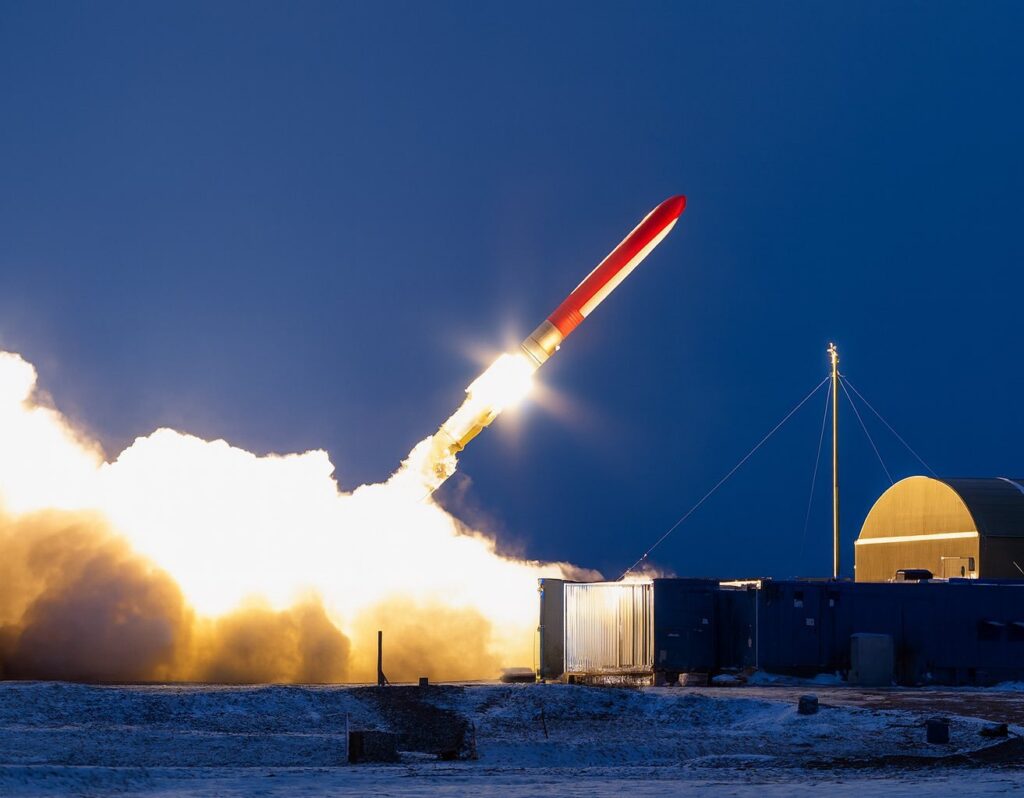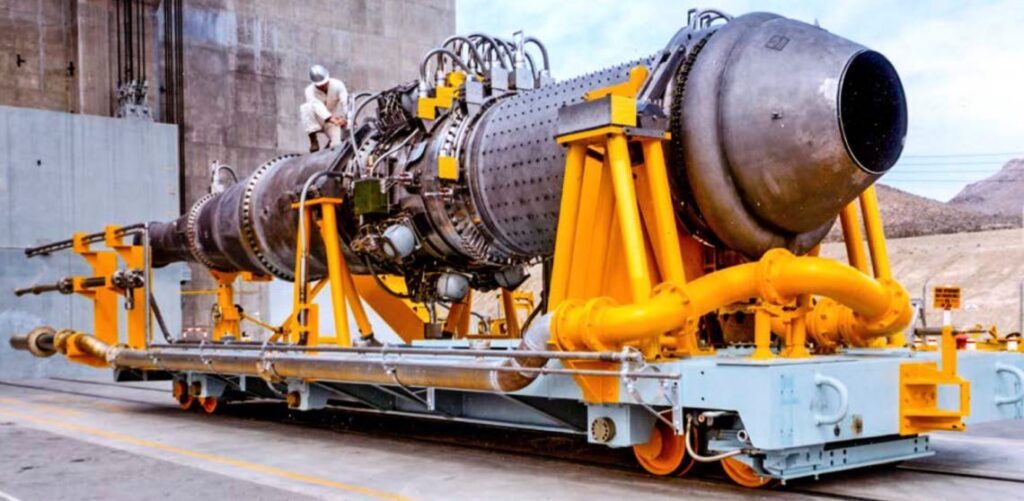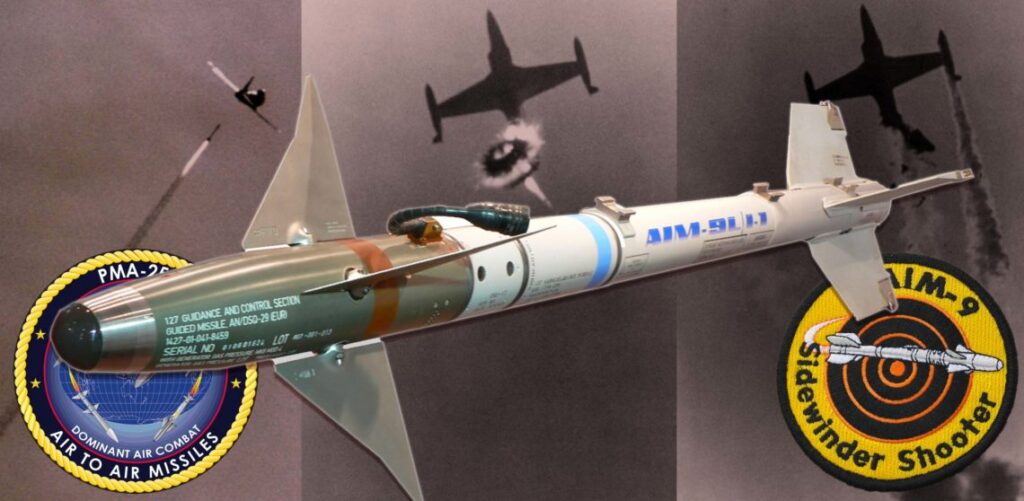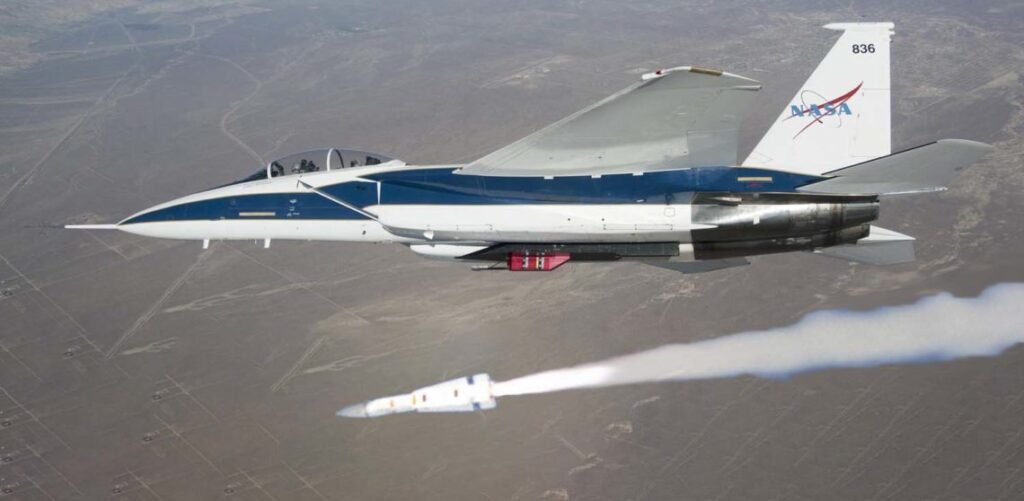Russia is once again claiming to have tested its Burevestnik (or Skyfall) nuclear-powered cruise missile that it alleges has practically unlimited range, and as such, is all but indefensible. Yet, as expected when it comes to Russian claims about groundbreaking new weapon systems, Skyfall is not quite what Moscow touts.
According to Russian state media, this first successful test of the nuclear-powered cruise missile covered a whopping 8,700 miles while remaining airborne for around 15 straight hours, suggesting an average subsonic speed of around 580 miles per hour, or about the same speed as a Tomahawk cruise missile. But, while the Tomahawk can reach some targets from about 1,550 miles out, Burevestnik could, at least theoretically, keep flying for days under nuclear power.
Like most Russian defense efforts, the successful test was not announced until after it had been completed, allowing Russia to deny any reports of failures (as we’ve seen with this very program in the past). In 2017, this program saw a test-launch fail that went unreported in Russian media until American intelligence reports highlighted Russia’s search and recovery efforts off its northern coast. Then, in 2019, an explosion from an “isotope power source” believed to be from that recovered Skyfall missile killed at least five Russian scientists in the White Sea; this was also not disclosed to the public until nearby European countries started reporting spikes in radiation levels.
Nuclear-powered cruise missiles would offer practically limitless range. Rather than being powered by a combustion engine that mixes air with fuel and then ignites the mixture, these missiles are powered by an onboard nuclear reactor that superheats and expands air which is then pushed out the back for thrust. And futuristic as it may sound, the concept’s been around for a long time now.

Back in the late 1950s, the U.S. Air Force kicked off “Project Pluto,” which aimed to produce nuclear-powered ramjet propulsion systems for similar cruise missiles. The result of these efforts was the SLAM missile, short for Supersonic Low Altitude Missile. According to the Air Force, this weapon would have been able to fly for 113,000 miles or more before expending its onboard nuclear fuel – nearly enough distance to circle the globe four times. The onboard nuclear reactor was said to be capable of producing 500-megawatts of power while operating at 2,500 degrees Celsius, or around 4,500 degrees Fahrenheit.
However, the problems with the SLAM missile outweighed its potential benefits: The unshielded nuclear reactor powering the missile would rain radiation onto the ground as the missile flew, which wasn’t necessarily a problem when irradiating an adversary’s territory, but the long-ranged weapon would have to fly over your own country and potentially several others along the way. Further, crashing such a weapon, with a functioning nuclear reactor, could likewise spell disaster – especially if it crashes in a country it was meant to just fly over.
Ultimately, ICBMs could deliver payloads just as far at higher rates of speed and with similar chances for success, so, Uncle Sam canceled the effort in 1964.
Feature Image: Russia’s Burevestnik (Skyfall) missile during test launch. (OSINT Updates on X/Kremlin)
Read more from Sandboxx News
- Ukraine plans to place largest order in history for a jet specifically designed to take on Russia
- Which service did best in the military recruiting boom? The numbers are in
- Viral video shows Korean company’s lifelike inflatable F-35 decoy
- Shield AI’s X-BAT promises to reshape the nature of drones
- New advances in submarine detection could upend nuclear deterrence as we know it











